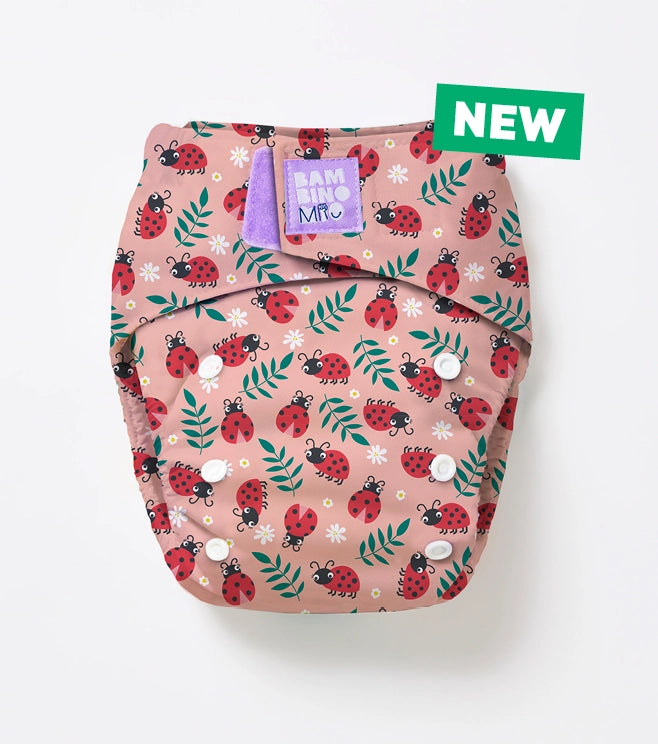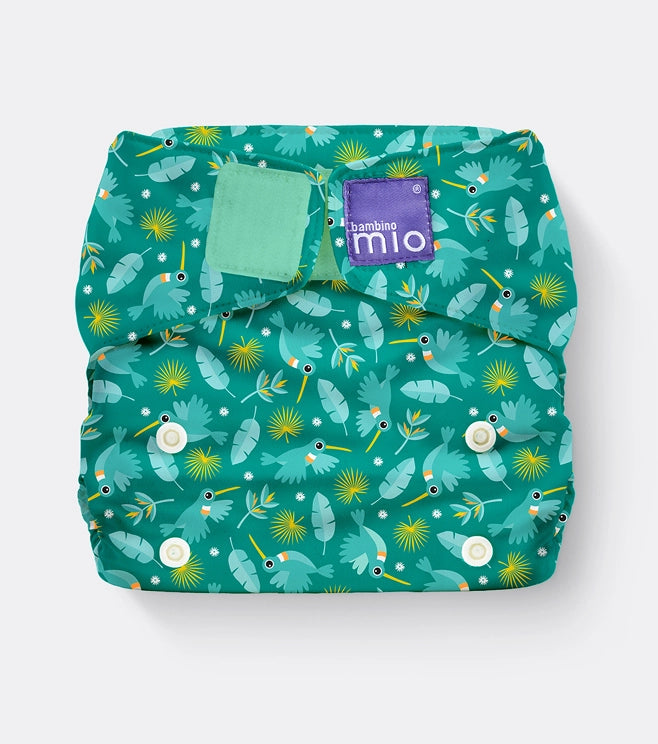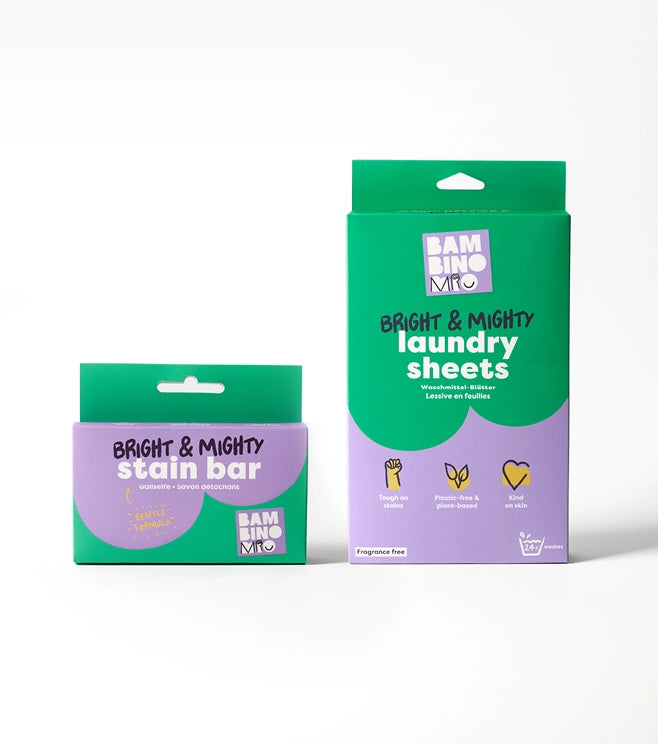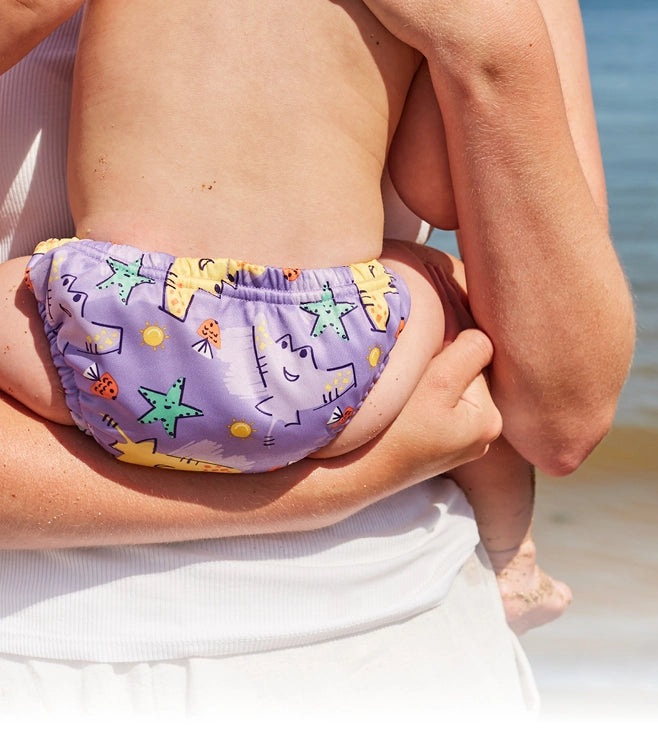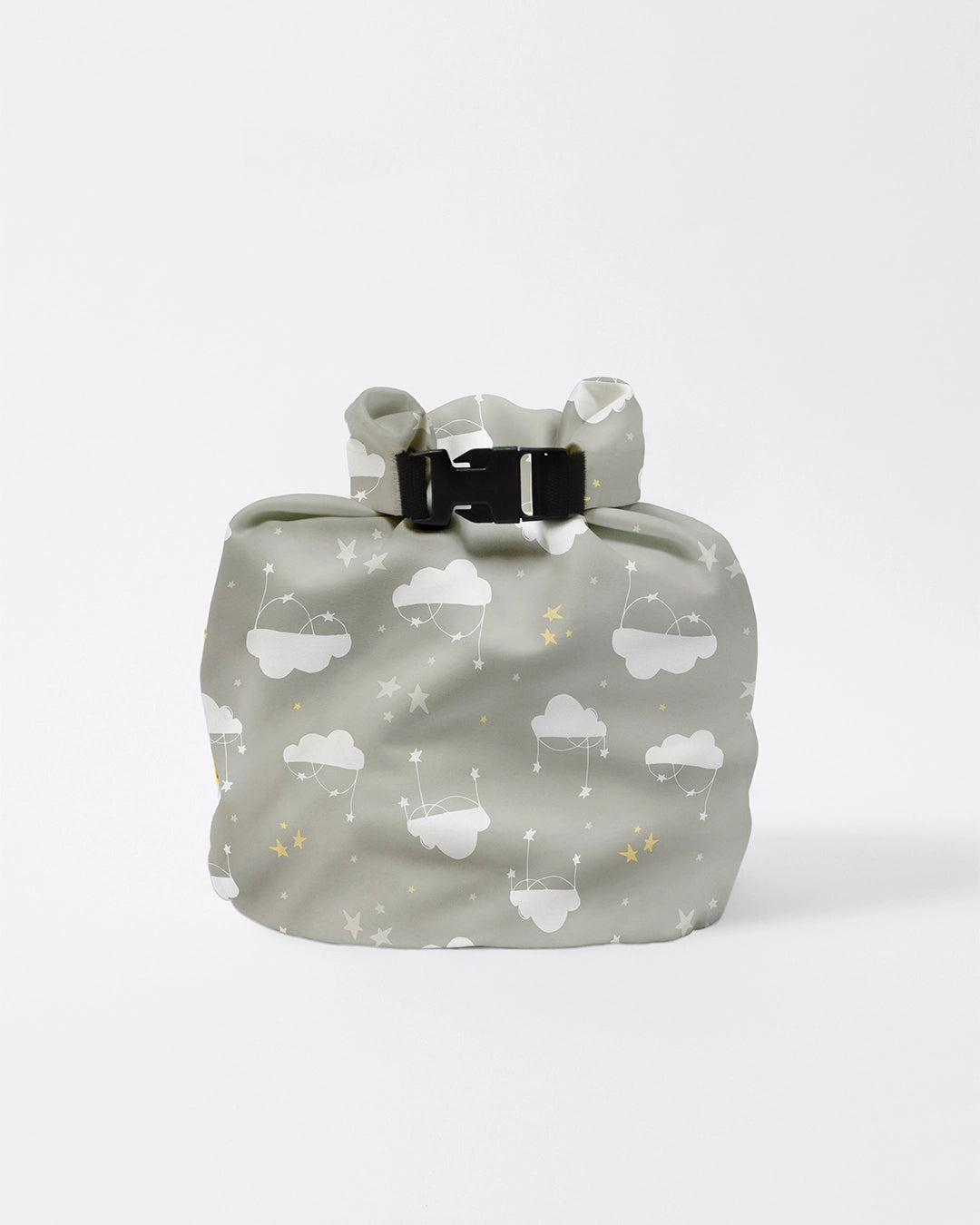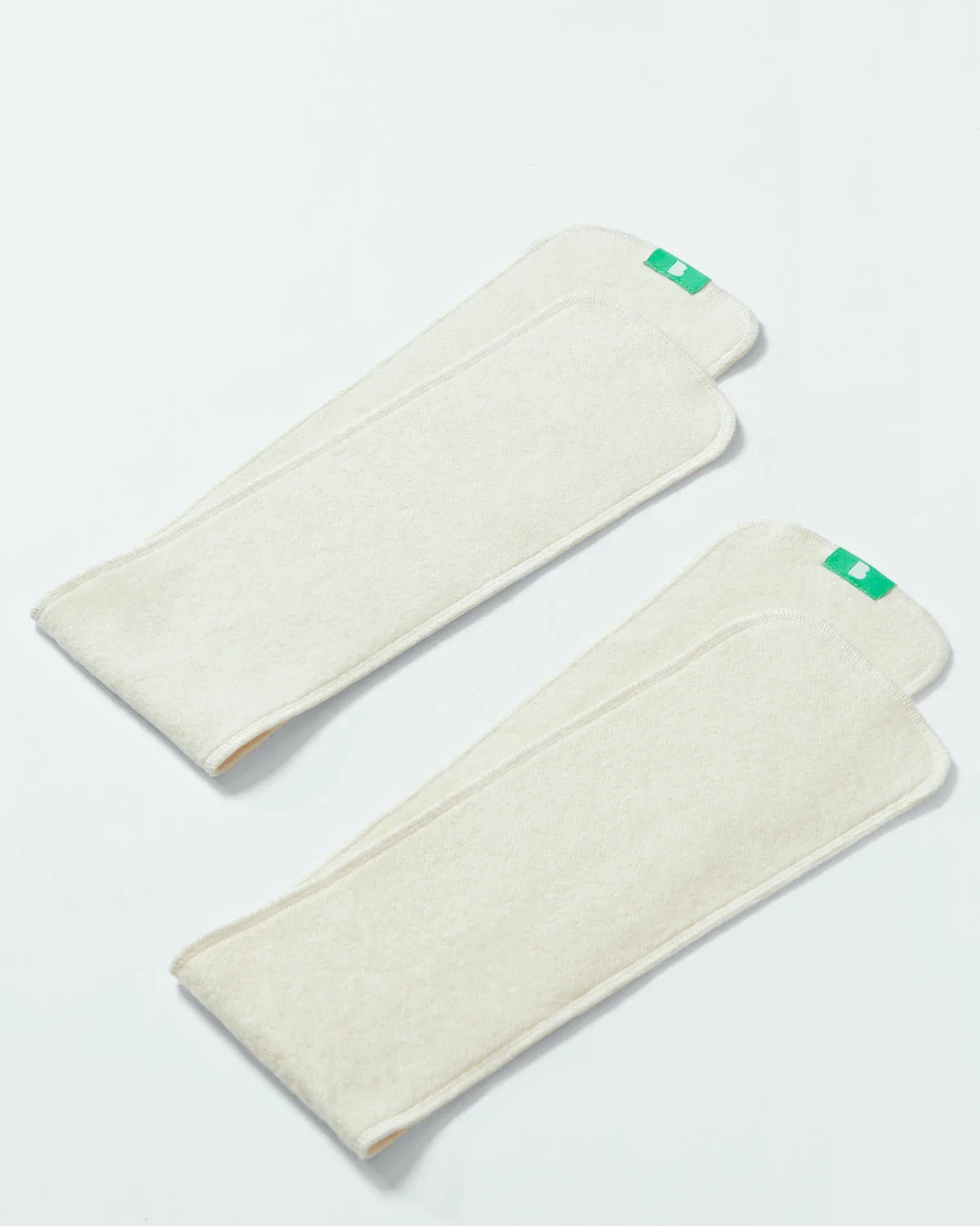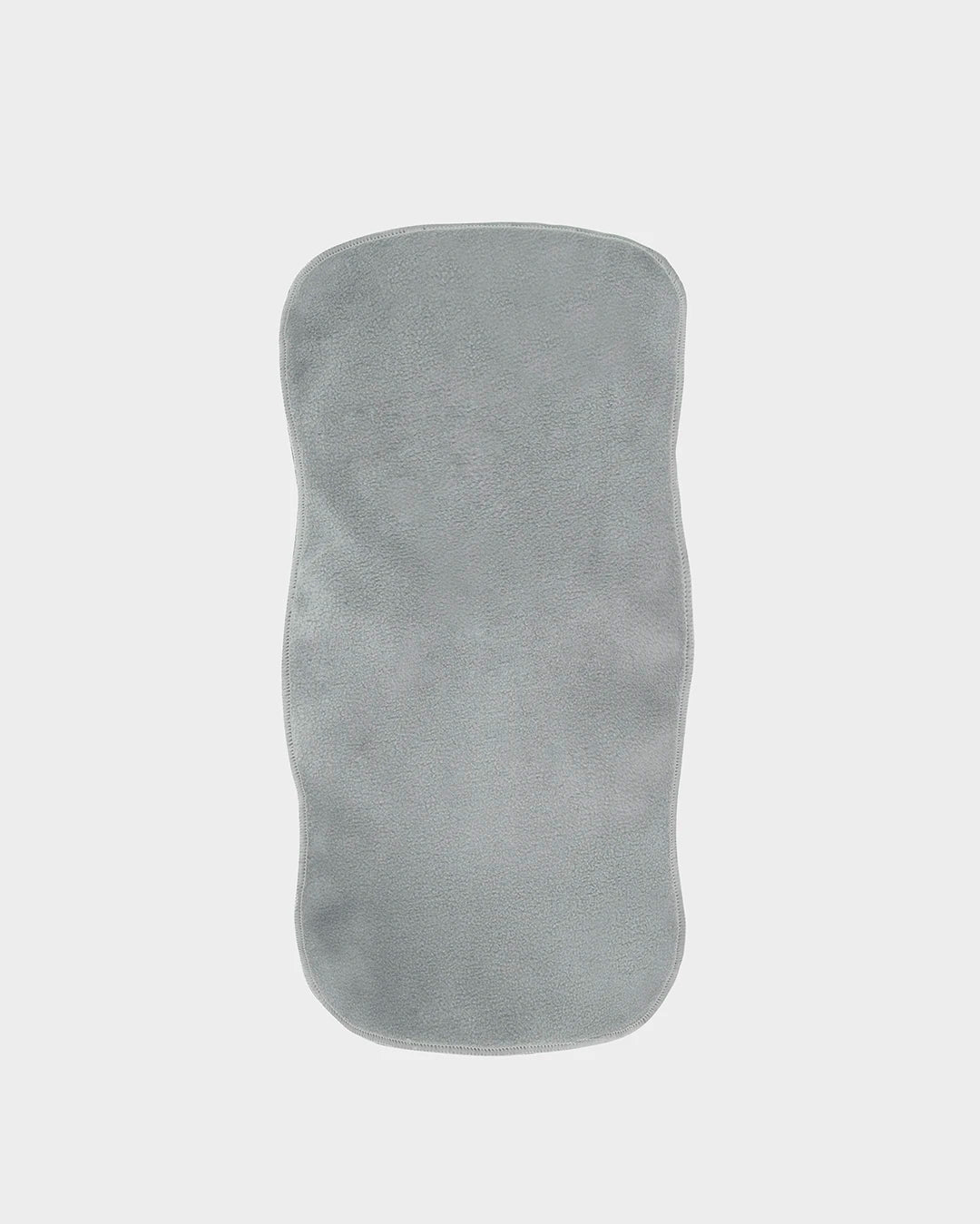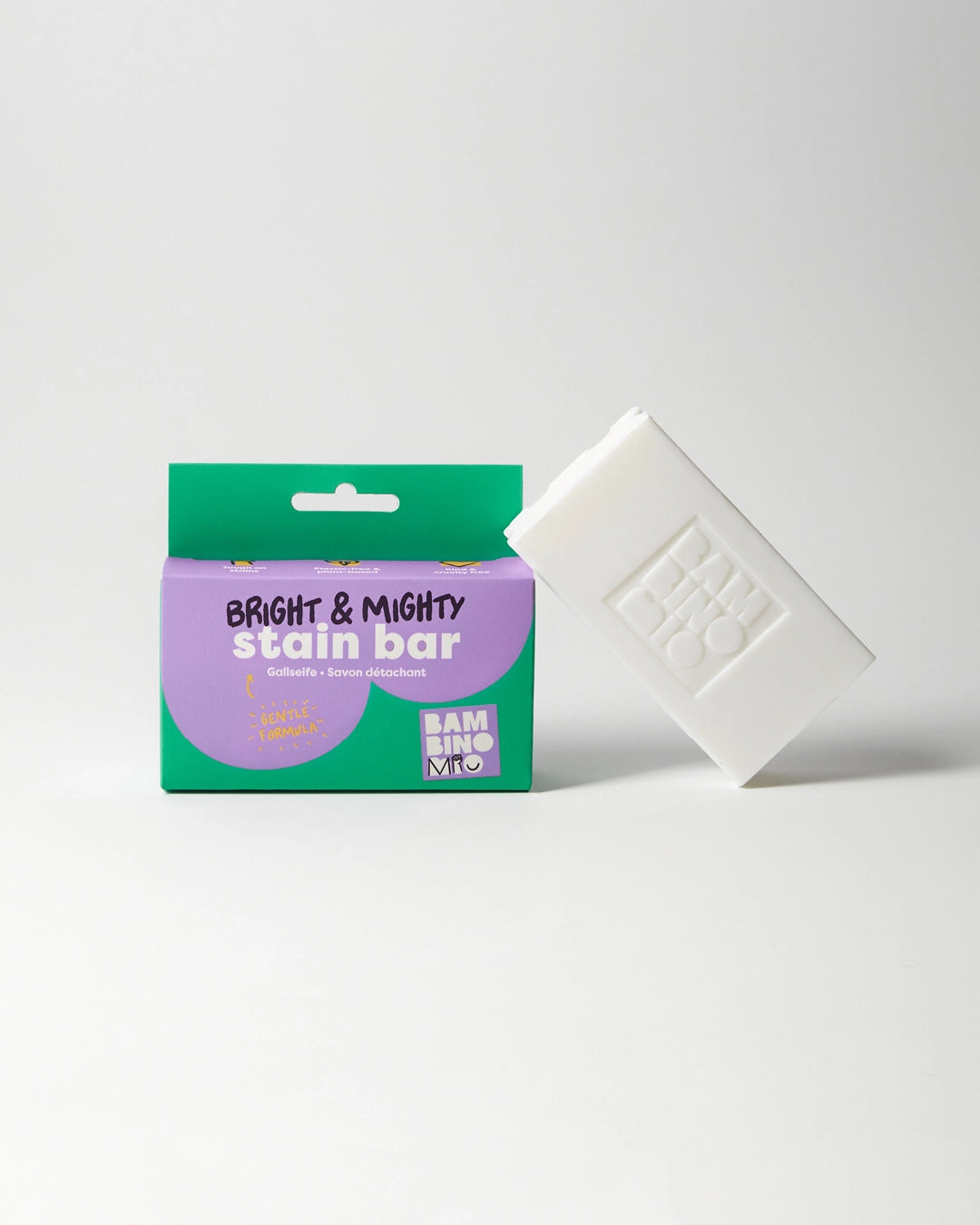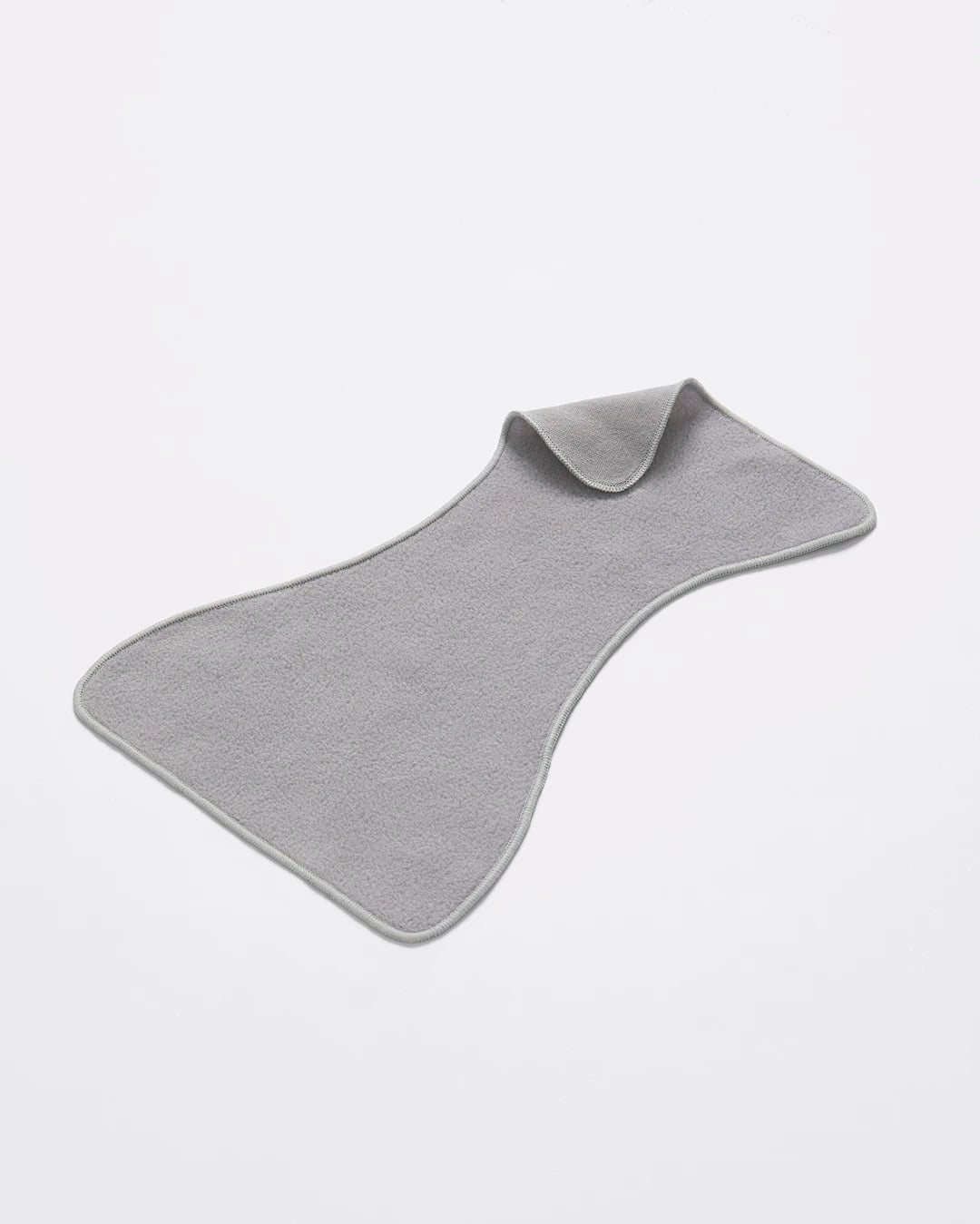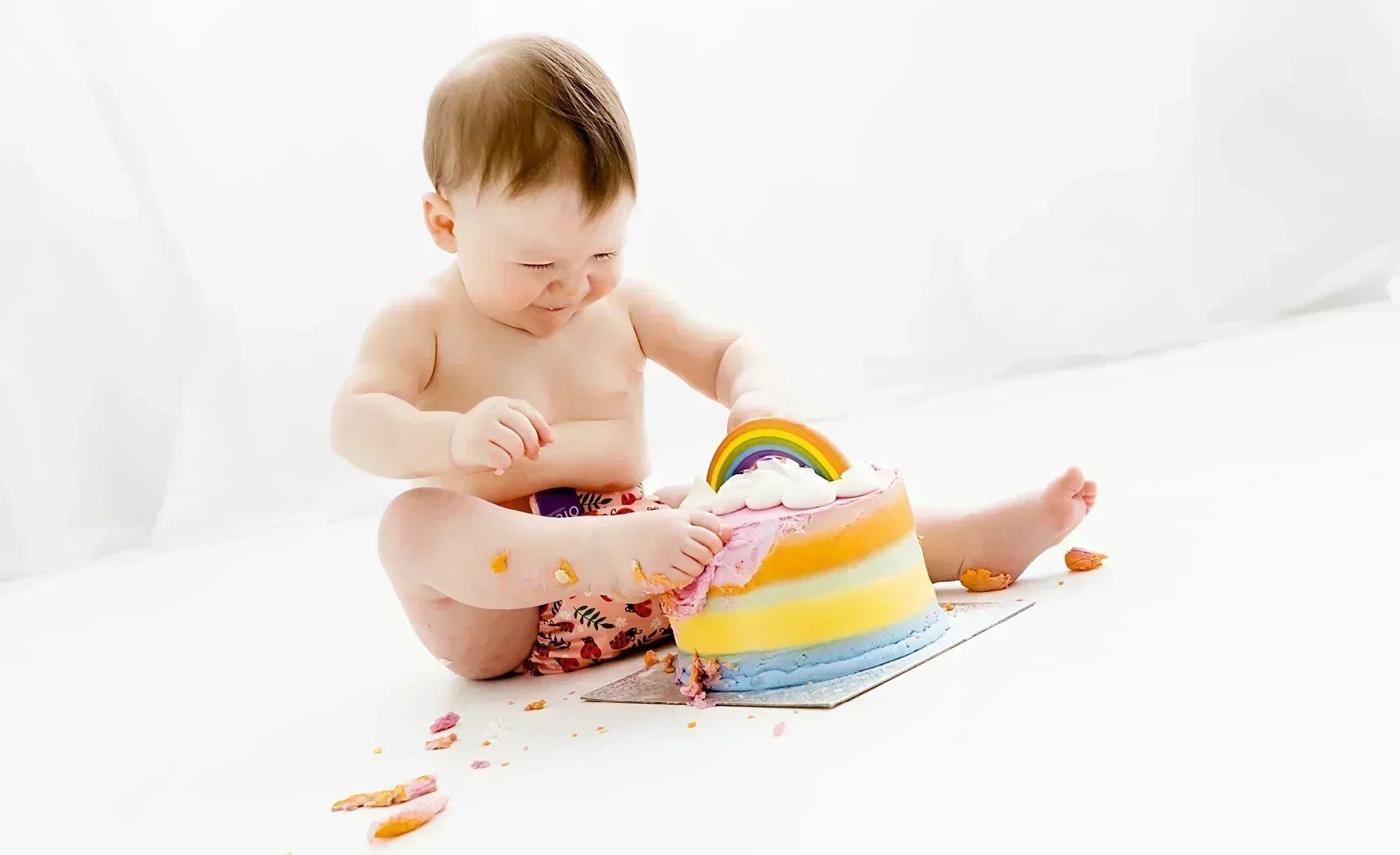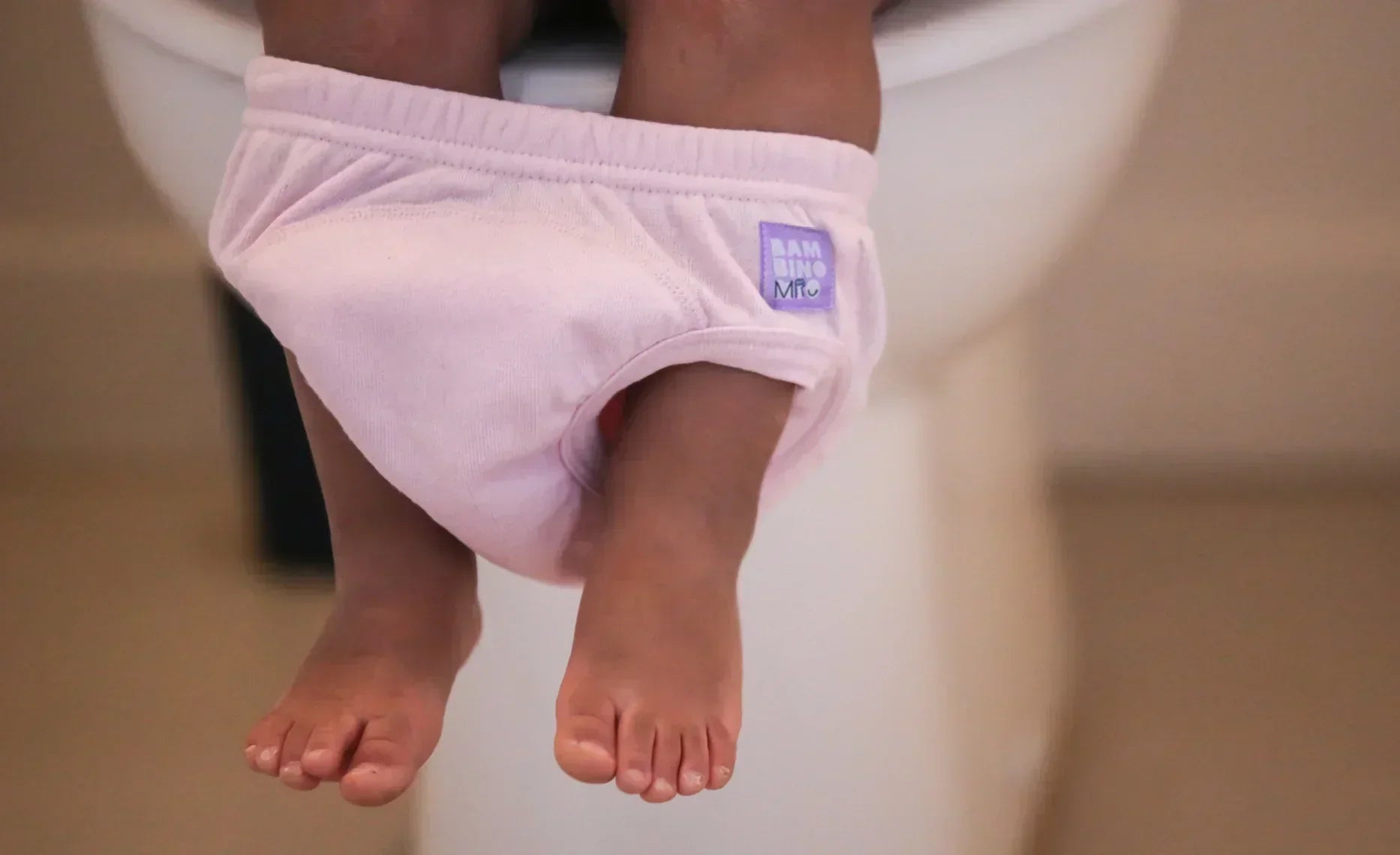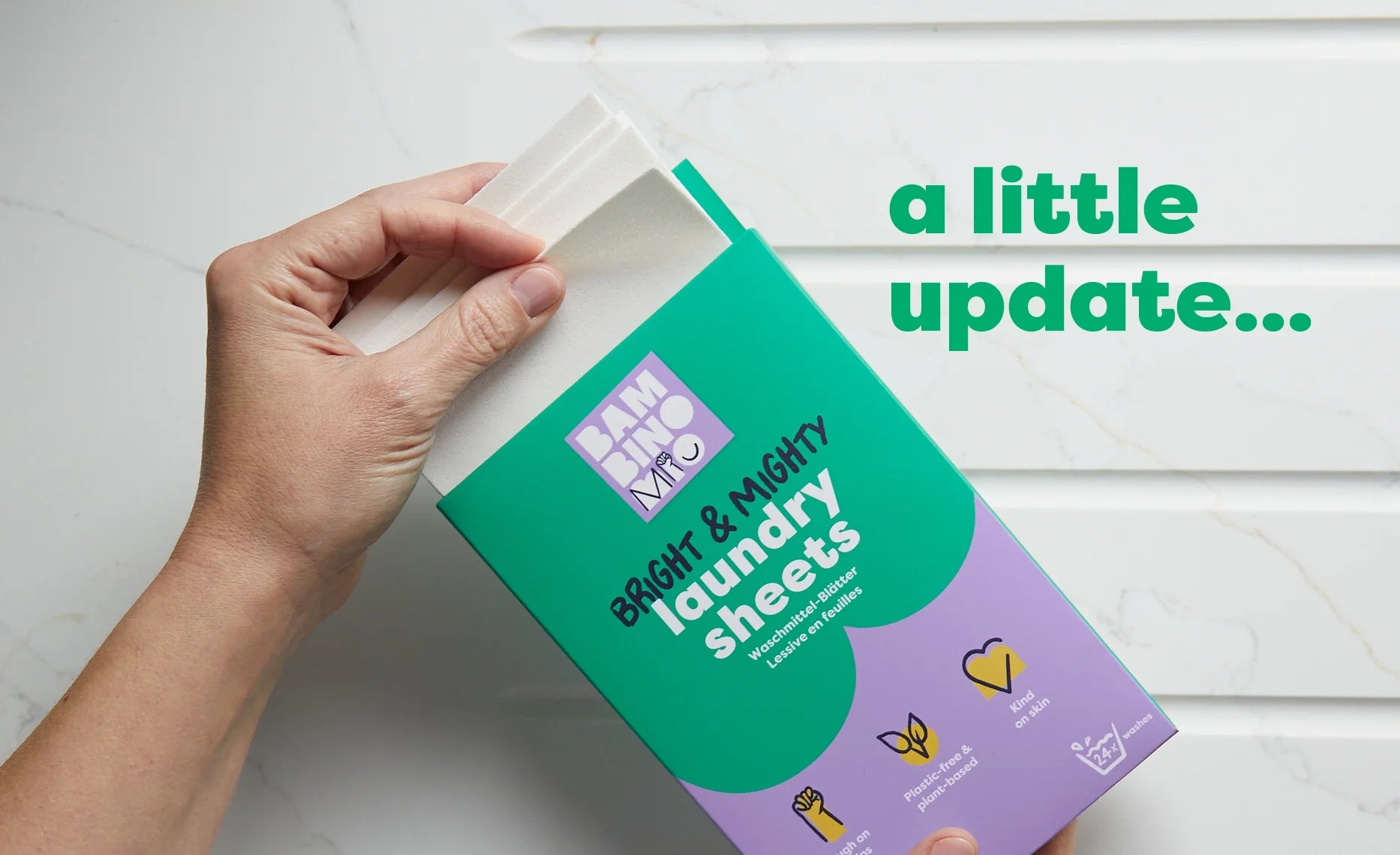How Can I Tell if I’m Ovulating?
Share Options
- Bambino Mio
- 30 / 10 / 2023

Inside this Article:
- The signs of ovulation to watch out for
- A change in your basal body temperature
- Your cervical mucus changes
- Your cervix also changes
- Sharp pains or cramping in your abdomen
- Light spotting
- Your breasts might feel a bit tender
- A heightened sense of smell
- Your sex drive might increase
- You’re in a good mood
- You might retain more fluid
- Does ovulation happen in the middle of the menstrual cycle?
- Citations and References
If you’re trying to conceive a baby then you can increase your chances each month by knowing when you ovulate.
Ovulation is the process in which one of your ovaries releases an egg (1). Once released, the egg is only viable for around 24 hours, so knowing when ovulation happens helps you to conceive as you can have sex just before or during this fertile period.
The signs of ovulation to watch out for
Although your egg is only 0.1mm in diameter (2), its release doesn’t happen without some physical signs and almost all women will have at least a few indications that ovulation is about to occur. Here’s the signs of ovulation you need to look out for.
A change in your basal body temperature
Your basal body temperature (BBT) is the lowest temperature your body is at, when at rest, in a 24-hour period. The day after you ovulate your BBT might rise by 0.2C to 0.6C and stay slightly higher until your period starts.
Some women see a slight dip before this rise, which is useful in predicting ovulation if you’re charting your temperature (3). If you don’t get this dip, you can still plot your usual ovulation day by observing your BBT over a few months.
If you see over a few months that your BBT rises on day 16 of your cycle, for example, you’ll know that you most likely ovulate on day 14-15.
Your cervical mucus changes
Your cervical mucus is the vaginal discharge you find in your underwear and it changes in quantity and texture around the time you ovulate.
You’ll probably find the amount increases over the five or so days before ovulation and its texture changes so it’s thinner, stretchier and more slippery. Known as egg white mucus, this type of mucous is thinner because it helps the sperm to swim (4) through your cervix to reach the egg.
Your cervix also changes
During the ovulation period, your cervix is higher, softer and wetter than at other times of your cycle. If you check your cervix regularly you’ll get to know these changes and so you’ll be able to feel the difference when you’re fertile.
Sharp pains or cramping in your abdomen
Some women have ovulation pains, which feel like twinges, cramps or shooting pains, on one side of their abdomen (your ovaries “take turns” to release an egg). These pains are known as mittelschmerz, or “middle pain” (5), because they happen in the middle of the menstrual cycle.
Light spotting
You might notice light spotting around the time of ovulation. This bleeding is due to the rupture of the ovarian follicle (6), which releases the egg. You might see brown blood as it can take a couple of days for it to make its way out.
Your breasts might feel a bit tender
This often happens after ovulation as your progesterone levels rise, so it’s a useful sign to plot your menstrual cycle over the course of a few months.
A heightened sense of smell
Studies are conflicting, but some suggest that women who are ovulating or who are in the second half of their menstrual cycle have a keener sense of smell – and taste – than those who aren't ovulating.
Some women say their sense of smell is more acute when they ovulate. There’s no firm evidence, but if it’s something you notice, then it can be an indicator that you’re fertile.
Your sex drive might increase
Unsurprisingly, you might feel more like having sex around the time you’re most likely to conceive!
This upswing in libido coincides with an upswing in your levels of luteinising hormone (LH) and it starts around three days before LH peaks, which is 24-36 hours before the egg is released. Make the most of it!
You’re in a good mood
We've all heard about negative premenstrual moods, but did you know that there's some evidence that you're more likely to be in a good mood in the middle of your menstrual cycle, around ovulation? Researchers think this may be because of the production of LH and follicle-stimulating hormone (FSH), which are released by the pituitary gland in the brain.
As well as feeling sexier you may well feel more cheerful and friendlier too, which is helpful if you’re planning a baby! It’s thought that the surges in follicle stimulating hormone (FSH) (7) and LH are responsible for these changes in demeanour.
You might retain more fluid
A surge in LH and oestrogen (8) at the time you ovulate might make you feel a bit bloated, so if you notice this around the middle of your cycle, it could be a sign that you’re fertile.
Does ovulation happen in the middle of the menstrual cycle?
Most often, yes. If you have a 28-day menstrual cycle (9), you’ll probably ovulate at around day 14. The normal range of menstrual cycle length is between 21 and 35 days, so shorter and longer cycles might make it a bit more difficult to pinpoint without tracking or charting.
Citations and References
(1) National Health Service (NHS). ‘Sexual Health. How Can I Tell When I’m Ovulating?’ 2022. Web. www.nhs.uk/common-health-questions/sexual-health/how-can-i-tell-when-i-am-ovulating
(2) National Institutes of Health (NIH). National Library of Medicine. ‘Molecular Biology of the Cell. Eggs.’ 2002. Web. www.ncbi.nlm.nih.gov/books/NBK26842
(3) VeryWell. ‘Detecting Ovulation With a Basal Body Temperature Chart.’ 2022. Web. www.verywellfamily.com/ovulation-on-body-basal-temperature-chart-1960284
(4) Cleveland Clinic. ‘Cervical Mucus.’ 2021. Web. my.clevelandclinic.org/health/body/21957-cervical-mucus
(5) National Health Service (NHS). ‘Health A to Z. Ovulation Pain.’ 2023. Web. www.nhs.uk/conditions/ovulation-pain
(6) National Institutes of Health (NIH). National Library of Medicine. ‘Physiology, Ovulation.’ 2023. Web. www.ncbi.nlm.nih.gov/books/NBK441996
(7) National Institutes of Health (NIH). National Library of Medicine. ‘Physiology, Follicle Stimulating Hormone.’ 2023. Web. www.ncbi.nlm.nih.gov/books/NBK535442
(8) Cleveland Clinic. ‘Body Systems and Organs. Estrogen.’ 2022. Web. my.clevelandclinic.org/health/body/22353-estrogen
(9) National Health Service (NHS). ‘Periods. Periods and Fertility in the Menstrual Cycle.’ 2023. Web. www.nhs.uk/conditions/periods/fertility-in-the-menstrual-cycle


